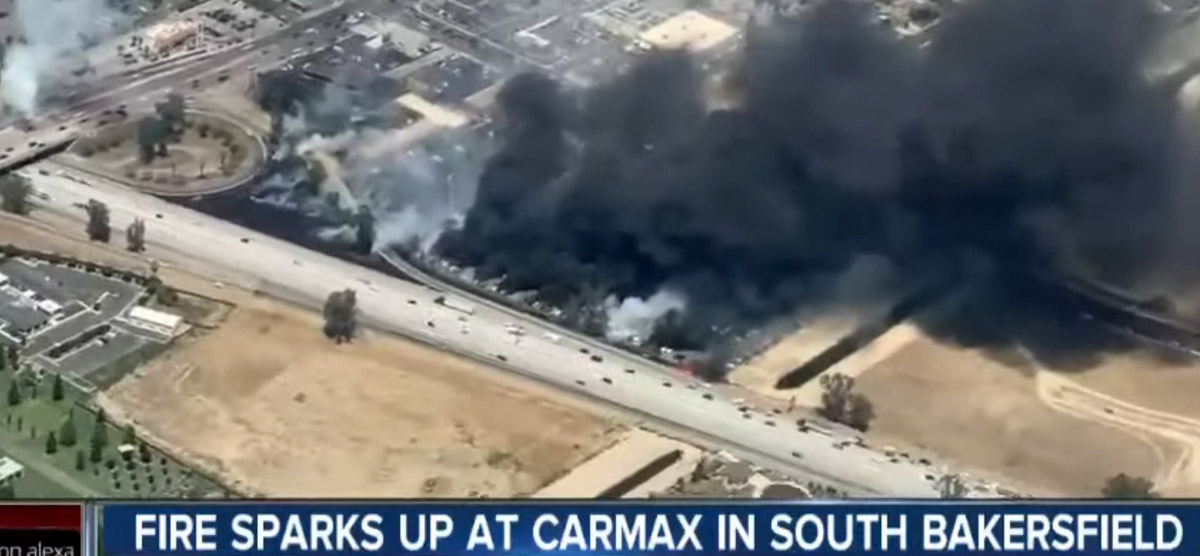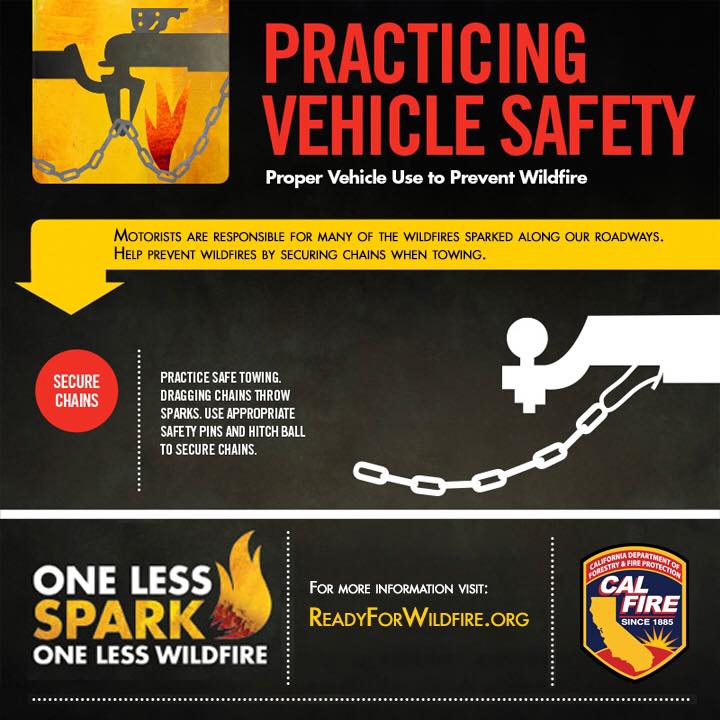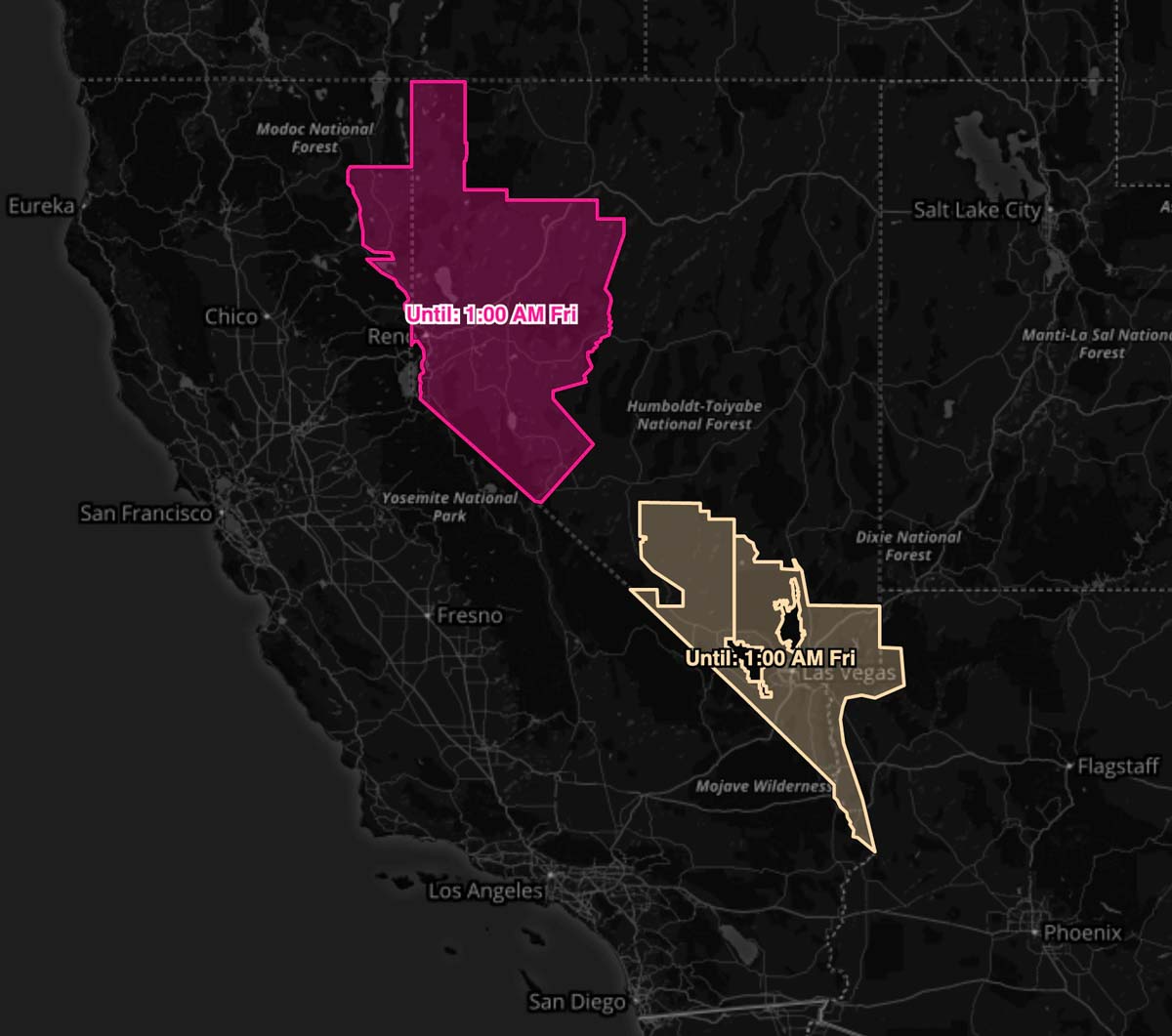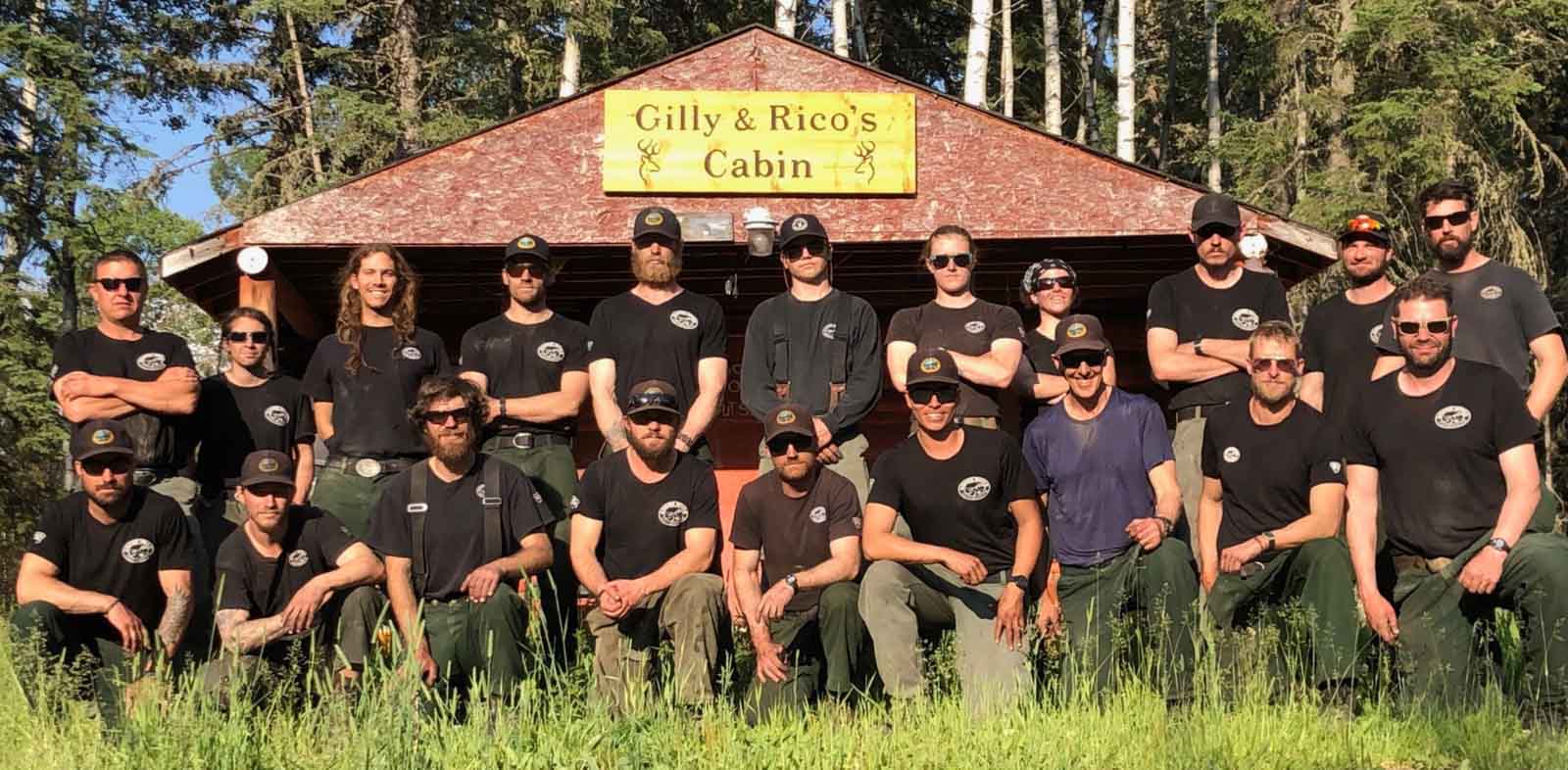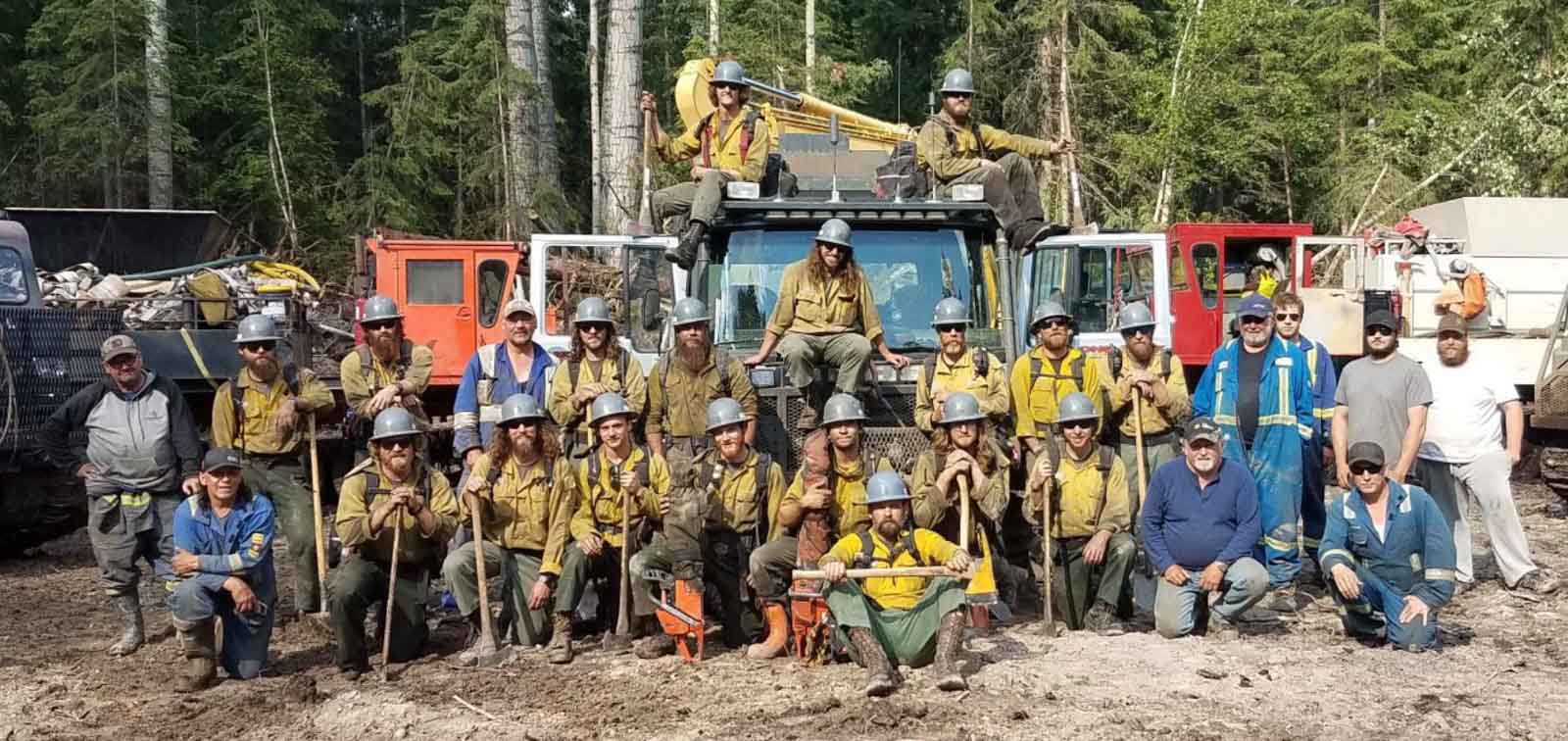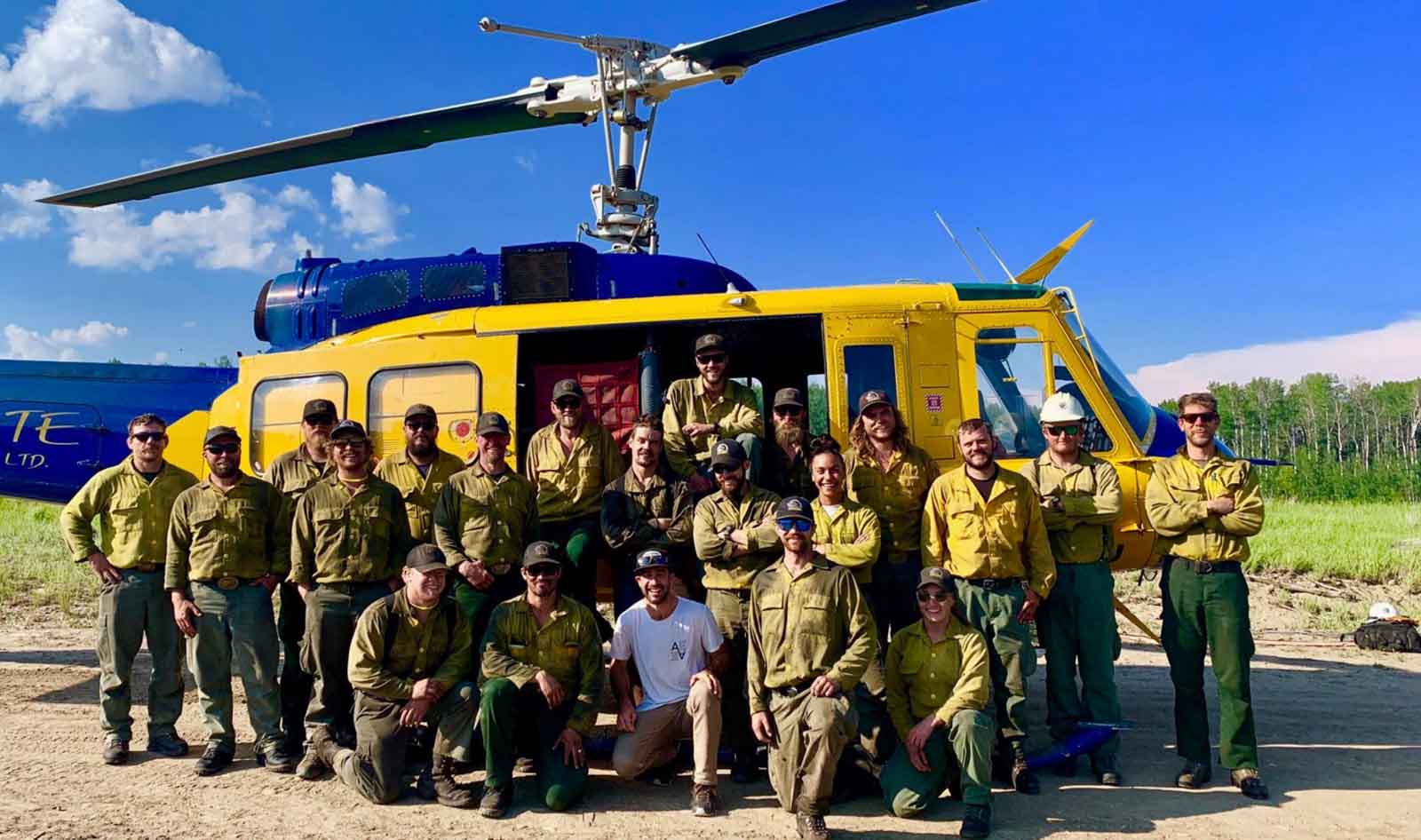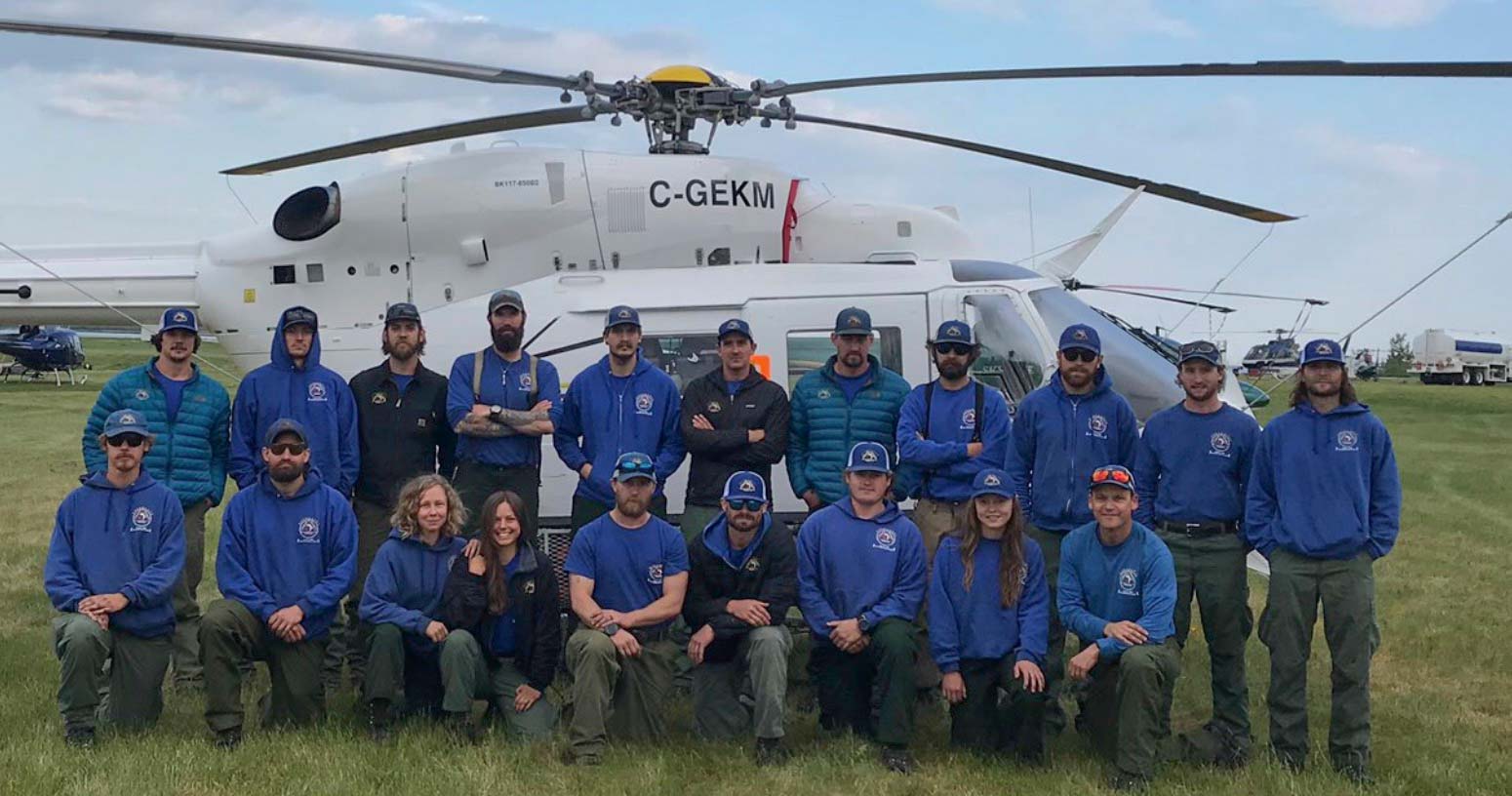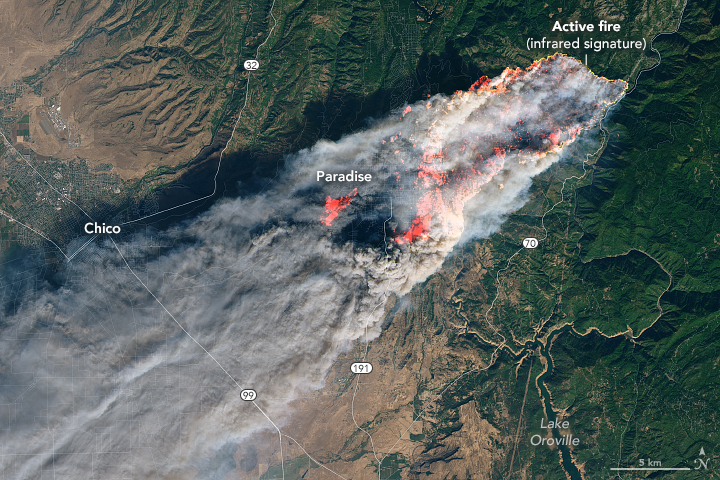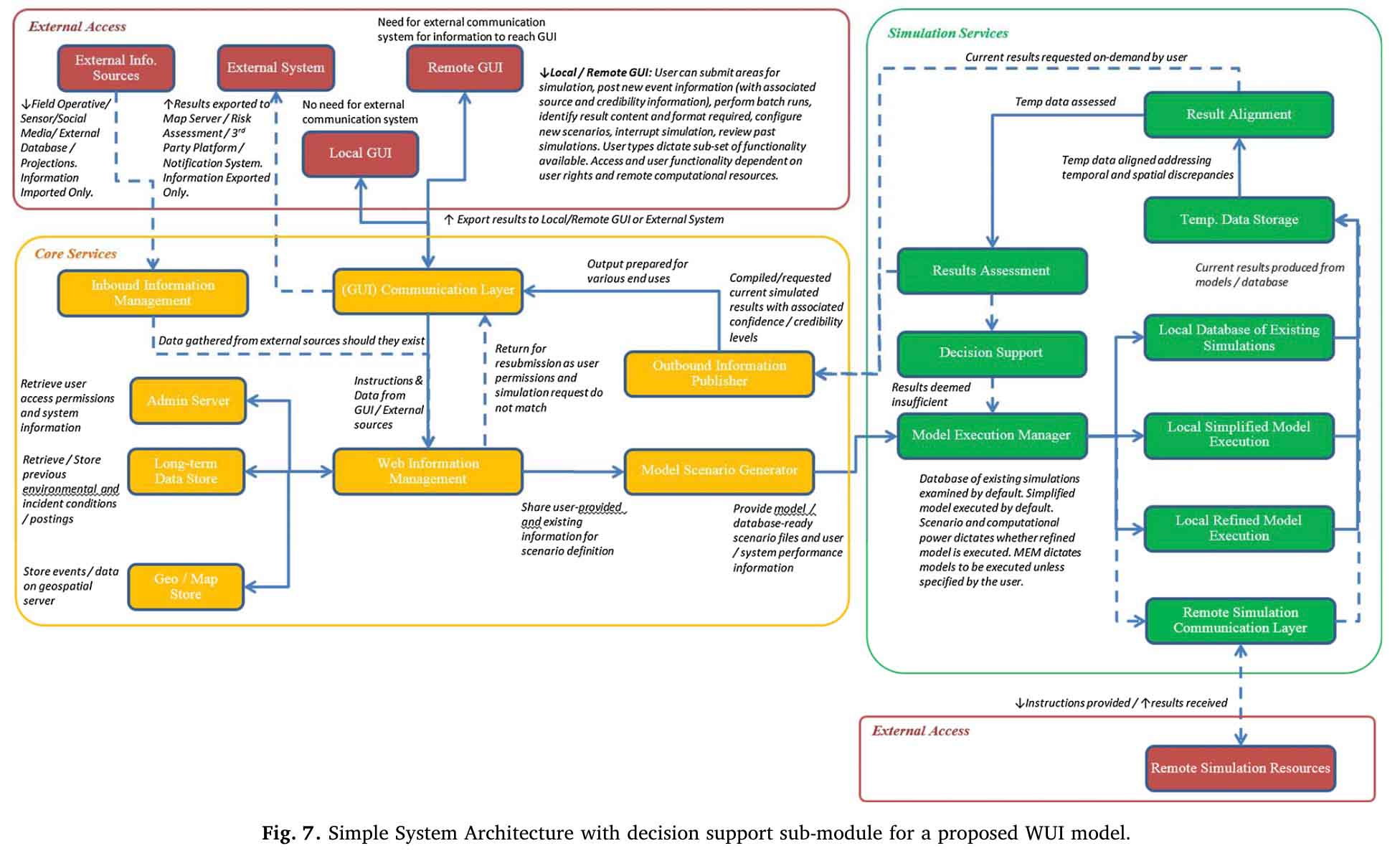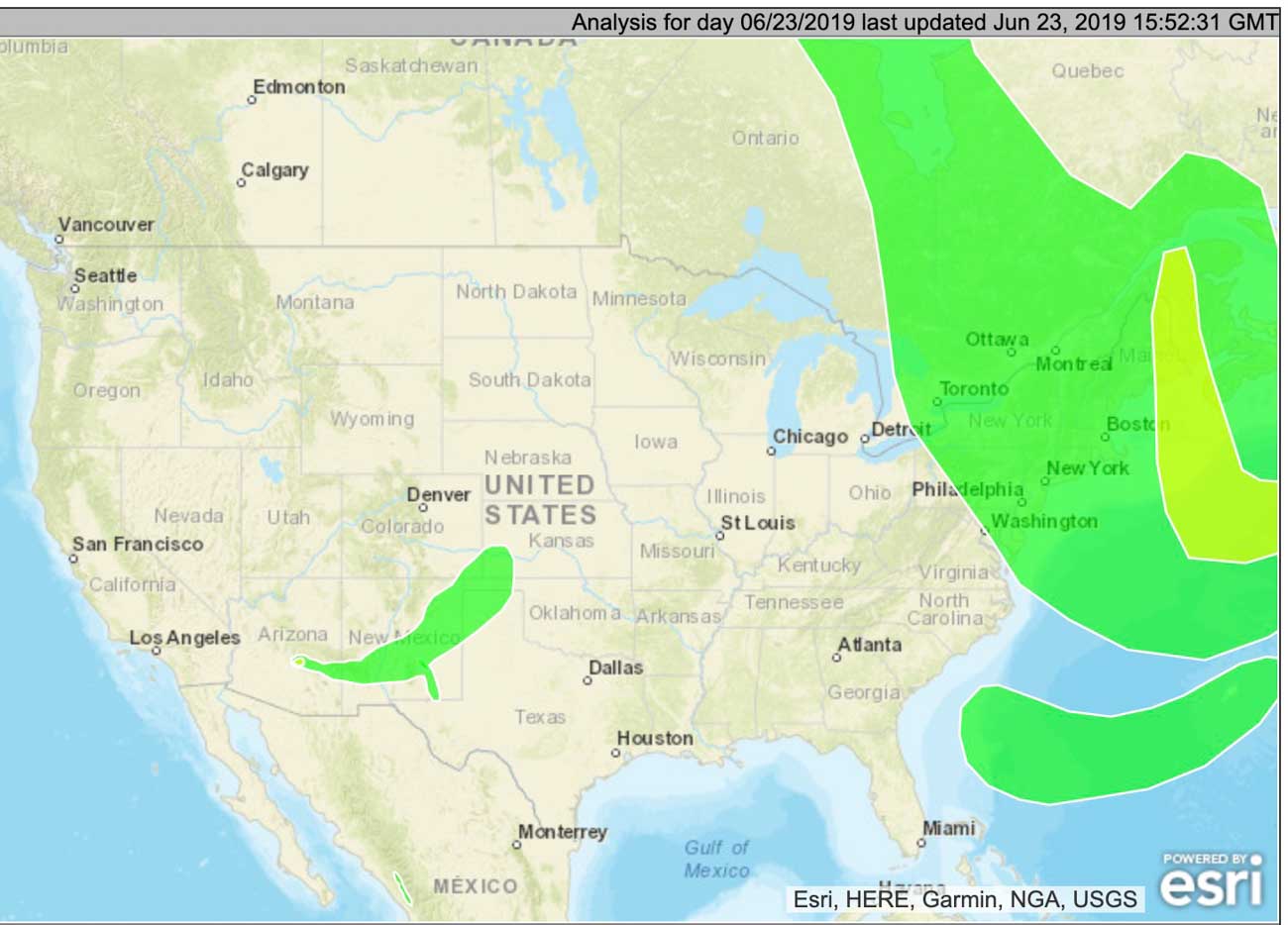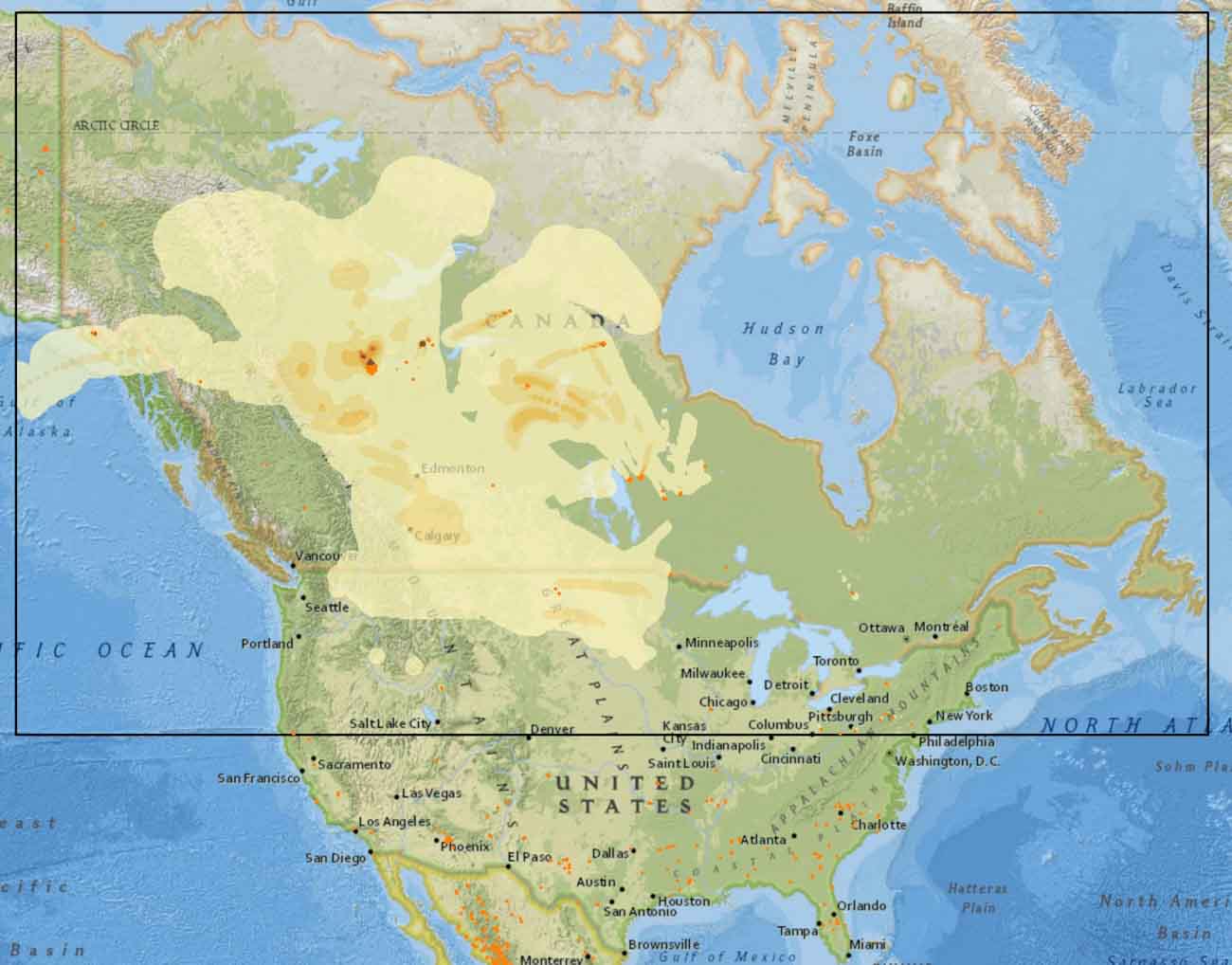
The Colorado Division of Fire Prevention and Control (DFPC) is planning a media day on June 28 at Northern Colorado Regional Airport in Loveland, Colorado (map). Two air tankers will be making demonstration drops — an Airstrike Firefighters P-3 Orion and a Single Engine Air Tanker (SEAT). They will be dropping BLAZETAMER380, a water enhancing gel that looks similar to water when released by an air tanker.
The DFPC has a summer-long exclusive use contract for the SEAT and a Call When Needed (CWN) contract for Airstrike’s large four-engine P3 air tankers.
The airborne demonstrations are scheduled to begin at 10:30 a.m. MDT June 28, with static displays to follow.
The event is for the media, who will be escorted out to the ramps to get a close up look at the aircraft on static display. We were told by Shawn Battmer, the Airport Executive Assistant, that the public will not be allowed to approach the planes but may be able to see them through a fence near the Fort Collins-Loveland JetCenter. Mr. Battmer did not say anything about being able to see the water drops, but they will presumably be from 100 to 200 feet above the ground so sightseers may be able to find a spot where they get a good view of the demonstrations.
In August of last year the DFPC signed a CWN agreement with Airstrike Firefighters to provide large airtanker services for wildland fire suppression. The agreement will allow the State of Colorado to access Airstrike’s P-3 airtankers to help combat wildfires in the State.
Airstrike Firefighters is making progress toward their goal of putting seven P3 Orion air tankers formerly owned by Aero Union back into service. The aircraft have not been used on a fire since the U.S. Forest Service canceled the Aero Union contract July 29, 2011 due to the company “failing to meet its contractual obligations”, according to the agency.
An Opinion:
The Colorado Division of Fire Prevention and Control and the Northern Colorado Regional Airport are missing what could have been a grand public relations opportunity by not allowing the public to get close to the static displays of the aircraft. It will be a lost opportunity to educate the public about aerial firefighting. They could at least set up a designated location outside the secure fence where the taxpayers who fund these aircraft could be ENCOURAGED to see how their money is spent as the air tankers make their drops. And further, it would have been possible to allow the public to go 150 feet or so out onto the ramp where they could walk around the three of four aircraft and talk to the pilots and crews. Air shows do this, and the Aerial Firefighting Conferences at Sacramento, Europe, and Australia do it as well, allowing hundreds of people out on the ramp. Portable barriers could be set up and volunteers or wildland firefighters could ensure that the visitors stay within the established viewing areas.
As you can see in the photo below, it is possible for the media to record interviews while others walk around the aircraft.



